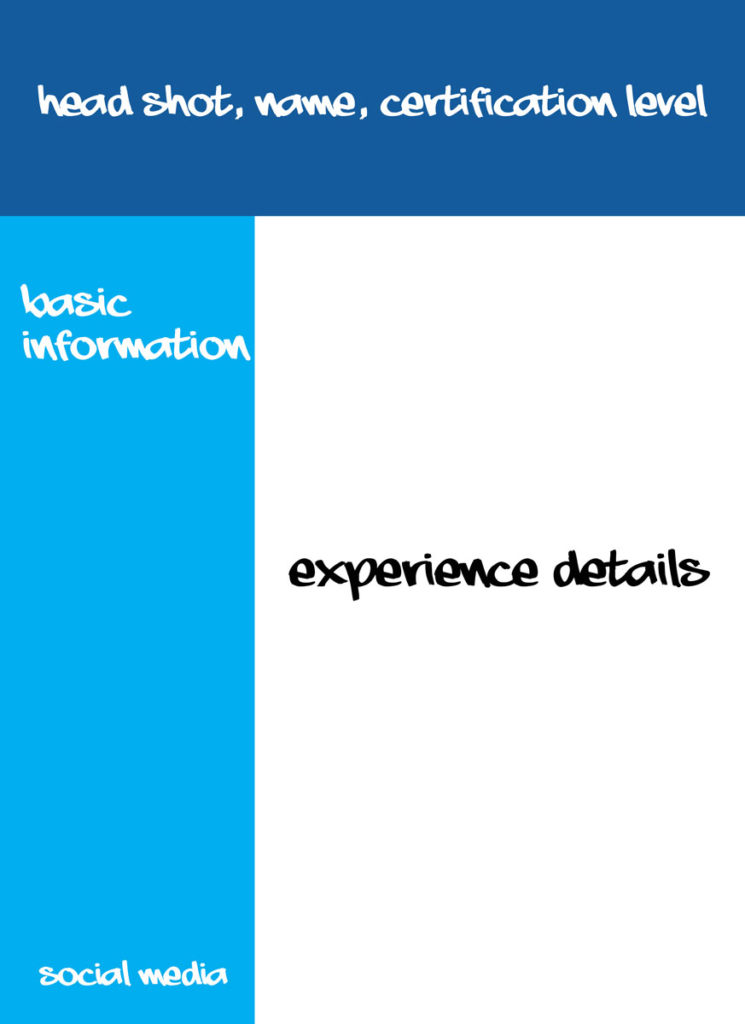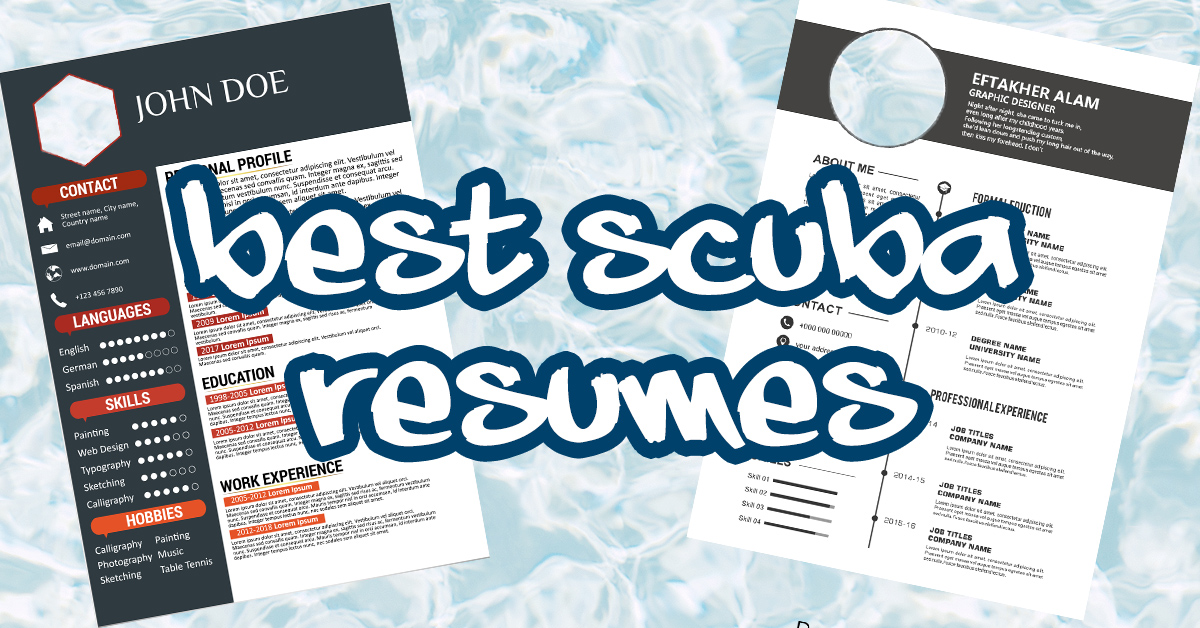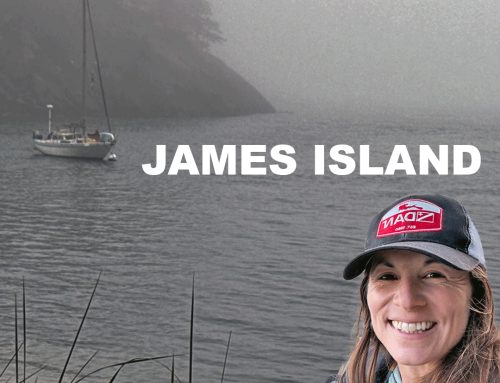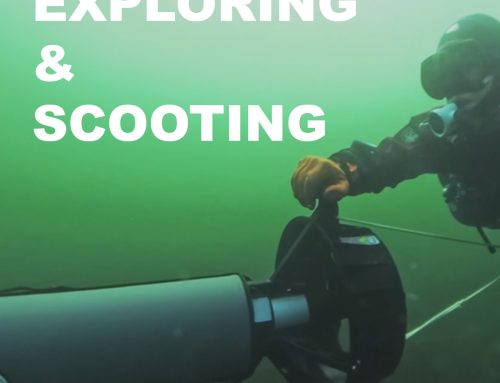You’ve gotten your training and experience for your dream job as a Divemaster or Scuba Instructor so what’s next? It’s time to look for (and get) the right job for you!
Here, you’ll find all the information you need to create a solid CV that represents the kind of professional that you are.
Your scuba diving resume will be similar to your old resumes, but with a little flair
You might already have a resume that you have used for other industries. This can come in handy for extracting dates and some experience history so have it on hand.
If this is the first time you are creating a resume, not to worry! The process for making a resume is relatively painless ? and doesn’t require much time.
Either way, your first step of action is to watch our video about scuba diving resumes on YouTube. Watch it all the way through, taking notes on the information that you need within your resume. Then, gather all of the details that you need from your work history, studies, etc into a word document.
Once you have all of that, come back to this blog to get ready to format the information into something very simple, yet eye-catching.
What program should I use?
This is really a personal preference kind of thing. There are templates that you can use in word or you can build the format within your word processing program (more advanced).
If you are completely new to all computer document formatting, it might be best for you to go straight to a website called Canva. This website is primarily used to design Facebook, Instagram and Pinterest content, however, you can use it to design pretty much anything without any design knowledge.
Finally, for those of you who are familiar with the basics of Photoshop, you can put together the following format very easily by using guide layouts to get the right measurements.

Split your resume into a few different parts
Have a header with your name, certification level and your headshot. You can also use a photo as this banner or some other graphic which is appropriate and scuba diving related. Don’t use up too much space for this (in the following example, it is 1/5 of the top of the document).
For the rest of the resume, split it into thirds. The one third rule is very visually appealing so use 1/3 of the space as your area for basic information (mentioned in our YouTube video) and then the other two-thirds for your work history, studies and other information.
Save in a readable format
This may seem like common knowledge, but sometimes people still send unreadable documents so it’s worth mentioning. Best practice is to always use PDF. If you use Word (or worse Numbers – hey Mac people! ??♀️) there is a very good chance your document won’t be opened or, when it does, the formatting will be messed up.
Save your CV as a PDF (less than 3MB) and you’ll be good to go.









